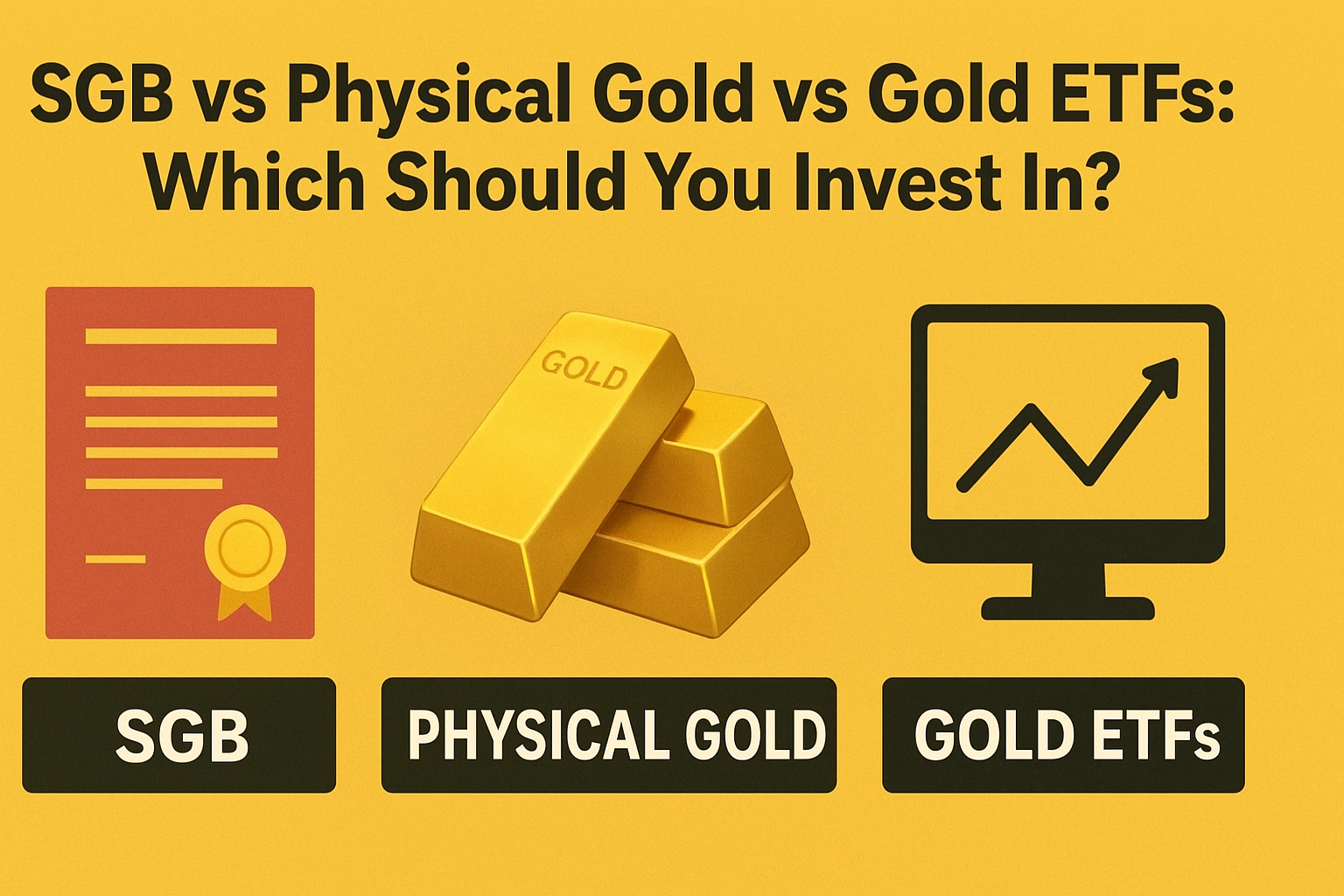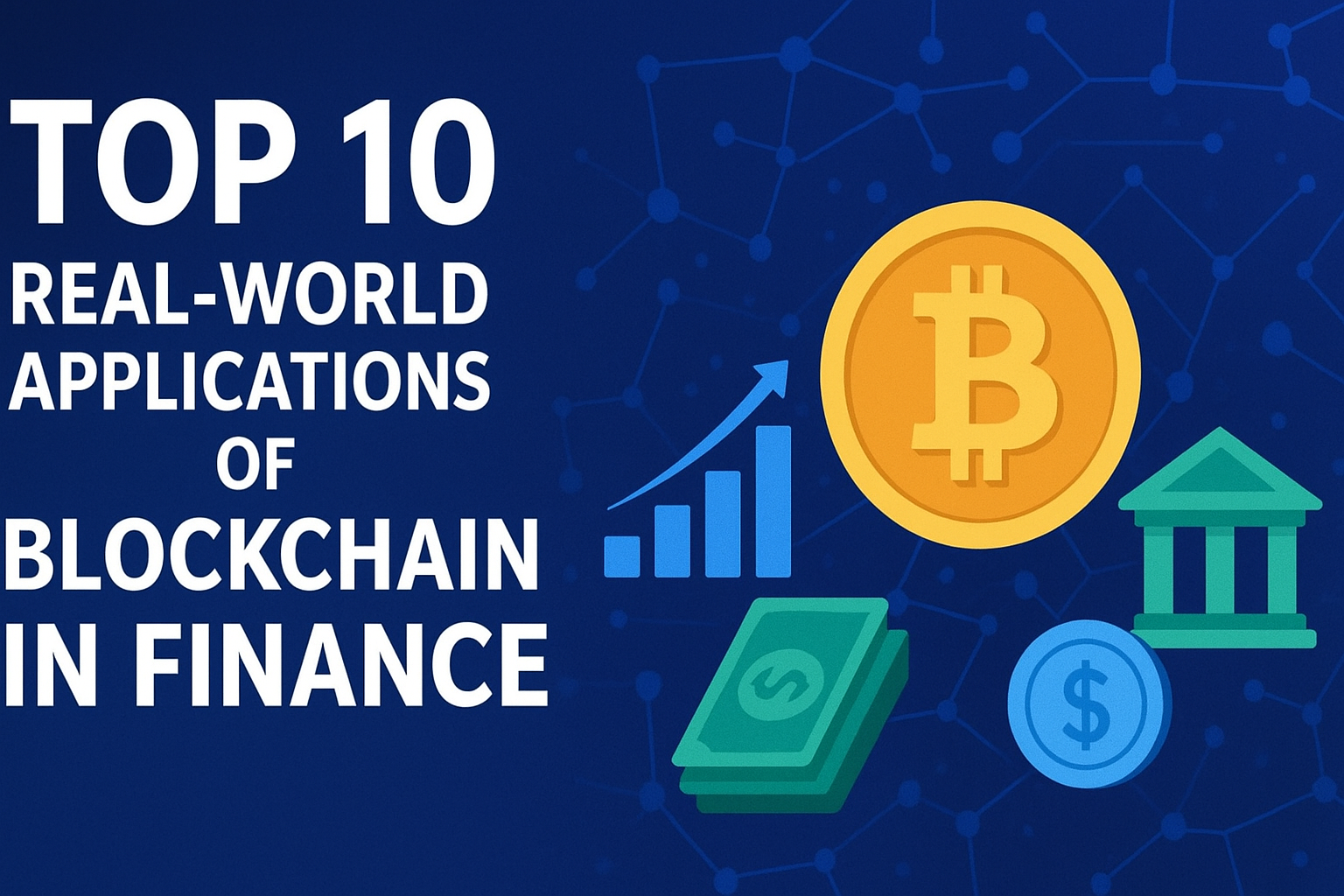Gold has always held a special place in Indian households — whether as a symbol of prosperity, a hedge against inflation, or simply a cultural necessity during weddings and festivals. But today, gold is no longer just about buying jewelry or coins from the local jeweler. Investors now have multiple ways to invest in gold, including Physical Gold, Gold ETFs, and Sovereign Gold Bonds (SGBs).
So, which option is the smartest choice for you? Let’s break them down and compare.
1. Physical Gold: The Traditional Favorite
For centuries, Indians have bought gold in the form of jewelry, coins, or bars.
✅ Pros
- Tangible Asset – You can hold it in your hand.
- Easy to Liquidate – Sell it quickly to a jeweler or pawn shop.
- Cultural Significance – Perfect for gifting or religious occasions.
❌ Cons
- Making Charges & GST – Adds 5-15% to cost when buying jewelry.
- Storage Costs & Safety Risks – Requires a locker or secure storage.
- No Passive Income – Your gold just sits there; it doesn’t earn anything.
Best for: People who want to wear or gift their gold, not just invest.
2. Gold ETFs: The Modern Digital Gold
Gold Exchange Traded Funds (ETFs) are mutual fund schemes that invest in gold and trade like stocks.
✅ Pros
- No Storage Hassle – Completely digital.
- Highly Liquid – Can be bought/sold during market hours on the stock exchange.
- Transparent Pricing – Reflects real-time gold prices.
❌ Cons
- Expense Ratio – Small annual management fee (0.5–1%).
- No Interest Income – Just tracks gold price movement.
- Requires Demat Account – Extra step for some investors.
Best for: Investors looking for flexibility, liquidity, and ease of trading.
3. Sovereign Gold Bonds (SGBs): The Government-Backed Option
SGBs are government securities issued by the RBI, denominated in grams of gold.
✅ Pros
- 2.5% Annual Interest – Earn interest on your gold investment.
- No Storage or Risk – Completely digital and guaranteed by the government.
- Capital Gains Tax Exemption – If held till maturity (8 years), no tax on capital gains.
❌ Cons
- Lock-in Period – Maturity is 8 years, though you can redeem after 5 years.
- Liquidity – Secondary market trading exists but volumes are often low.
- Market Price Risk – Redemption price depends on prevailing gold rates.
Best for: Long-term investors seeking safe, tax-efficient, interest-earning gold investment.
Quick Comparison Table
| Feature | Physical Gold | Gold ETFs | Sovereign Gold Bonds (SGBs) |
|---|---|---|---|
| Form | Jewelry/Coins | Digital | Digital (RBI-backed) |
| Liquidity | High (but with making charges) | Very High | Moderate (after 5 yrs) |
| Return | Price Appreciation | Price Appreciation | Price Appreciation + 2.5% interest |
| Storage | Locker/Safe Needed | No Storage | No Storage |
| Tax Benefits | None | Taxed like capital gains | Capital gains tax exempt (on maturity) |
| Risk | Theft/Loss | Market Price Risk | Market Price Risk (but no theft risk) |
Which Should You Choose?
- For short-term needs or jewelry lovers → Physical Gold is still relevant.
- For traders & portfolio diversification → Gold ETFs are perfect due to liquidity.
- For long-term wealth creation → SGBs are the smartest bet, thanks to interest income and tax exemption on maturity.
Bottom line: If your goal is purely investment, SGBs generally offer the highest overall return. But for flexibility and quick buying/selling, Gold ETFs are hard to beat.






